Why
Urban and social changes in Valletta in the past few decades, and especially in the last few years, have brought to the surface a number of issues that are directly effecting the liveability of Valletta. These challenges have a plurality of sources and causes, and are influenced by changes happening on the social, cultural, infrastructural, economic, and governance levels. The location of the Valletta Design Cluster at the heart of one of the residential neighbourhoods of Valletta, as well as its status as one of the Valletta 2018 flagship projects, have triggered an increased awareness about the interactions and mutual dependence between these various factors. This has in turn provided a more focused impetus to ensure that such initiatives rope in the contribution of citizens, be they residents or other regular city users, in the planning and execution of projects that will be having a lasting impact on the city’s liveability and vitality. In addition to this, by tapping into contemporary design practices the Valletta Design Cluster (hereunder refered to as ‘The Cluster’) intends to channel holistic, multidisciplinary and inclusive processes aimed at using design to enhance the experience of living and visiting the city.
the objective of Design4DCity is
To co-design the experience of common and shared spaces in Valletta, by building meaningful bridges with the community of residents and regular users of such spaces, especially in the Biċċerija neighbourhood, and secondly, by partnering with organisations and individuals that can provide a challenging and practical creative input towards this process.
By adopting the concept of common space and of commoning as a constructive, proactive and creative approach, an overarching vision stretching from 2016 to the year of the European Capital of Culture and beyond is being adopted for this initiative. The idea of common space evokes here the set of special relations produced by ‘commoning practices’ as articulated by Stavros Stavrides, when he states: “Opening the community of those who share common worlds, opening the circles of sharing to include newcomers, opening the sharing relations to new possibilities through rethinking of sharing rules and opening the boundaries that define the pace of sharing “ (Stavrides: 2016).
For each year between 2016 and 2019, these practices of Commoning shall be explored within different contexts inside and outside of Valletta, in all cases bringing together the associated elements of design and technology as tools, and well-being and livability as targets for redefining common spaces in society. The scope of the annual initiatives might be circumscribed by specific urban spaces but could also consist of more intangible social spaces, such as organisations, businesses, and civil society.
Design4DCity takes of in 2016. 2016 shall serve as the pilot initiative for this four year process, focusing primarily on the neighbourhood of the Old Abattoir in Valletta, the area immediately surrounding the site of the new Valletta Design Cluster. The map below indicates the perimeter of the Cluster’s immediate neighbourhood, although for Design4DCity this should not be taken to restrict the inclusion of other spaces in the area or even inside Valletta as a whole. The block marked in green indicates the Cluster’s earmarked location.
Location
Valletta, Malta/14.514552800000047,35.89890849999999,4/1000x300.png)
Characteristics
Area
The Biccerija area is located in lower valletta in an the part of town called Due Balli. The biccerija was an old abatoir already abandoned for ages and squatted permanently. Now the building is going to become the Valletta Design Cluster. In order to make sure that the current residents also embrace the building as theirs they are part of the development process from the start.
Audience
The residents, the participants, the random visitors of the area
How the audience/participants were reached or discovered
The process for Design4DCity engages multiple and parallel exercises with the four main contributors:
– Neighbourhood Unconference Contributions: A process of co-creation directly feeding into the Valletta Design Cluster has been initiated with the resident and business community immediately adjacent to the Old Abattoir building. The latest exercise included a neighbourhood unconference, using Open Space Technology as a methodology, to bring the community together and deliberate on its vision for urban development in the area. Feedback from this session, held on the 23rd of June 2016, is already compiled and will be used as the main material feeding the Design4DCity exercise. Individuals (both residents and business) are also willing to contribute more directly in the process.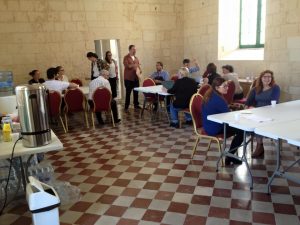
Linked to this process are the following: Valletta Design Cluster; Valletta 2018 Foundation; Centru LEAP Valletta; Centre for Environmental Education, University of Malta.
– Design-intensive academic and research practices: Various faculties, institutes and departments at the University of Malta as well as at MCAST have expressed interest in collaborating with the Cluster. The Design4DCity exercise builds on current work and research being undertaken both at instituitional level as well as by individual researchers, especially students at post-graduate level.
Linked to this process are the following: Valletta Design Cluster; Design & Technology Learning Centre (Ministry of Education); University of Malta (Faculty of ICT; Faculty of Engineering; Faculty for the Built Environment; Faculty for Media and Knowledge Sciences; Institute for Digital Games; Faculty of Economic, Management and Accountancy); Institute for Creative Arts, MCAST.
– Enterprises experimenting with innovative design practices: The Cluster has already established a working relationship with a number of estabished and start-up enterprises in design that are exploring new approaches towards design practice as a discipline. In particular, the Cluster is interested in exploring with these enterprises approaches that are interdisciplinary in their source expertise, holistic and human-centred in their outlook, and innovative in their creative and business potential, with a special focus on urban well-being.
Linked to this process are a number of individuals as well as SMEs, together with FabLab Valletta and the Interactive Architecture Lab, as well as the Malta Business Bureau as the Malta Ambassadors of the Design for Europe initiative.
– Institutional catalysts from the cultural and creative sector: the launch of the creative economy strategy and the relaunch of Arts Council Malta as a promoter and facilitator of the whole gamut of cultural and creative practices, have been accompanies by processes of strategic rethinking in a number of public cultural institutions. The role of such public cultural organisations in tranforming themselves into catalysts of creative processes rather than simply serving to showcase ready-made cultural products is shared by the Cluster.
Linked to this process are the following: Valletta Design Cluster; Arts Council Malta; Spazju Kreattiv; MUZA.
Participants
Design4DCity 2016 targets a range of groups with direct interest in design and in urban regeneration. These include:
- (i) students at graduate and post-graduate levels in design or design-related areas in the following list of disciplines: digital arts; digital games; architecture; urban design; cognitive science; ICT, including AI; engineering; design & marketing; as well as specialised design- related areas (photography; fine art; games design; film/audiovisual; product design);
- (ii) the national cultural leadership network of practitioners and professionals, including individuals working with public cultural organisations (Arts Council Malta, Valletta 2018, Spazju Kreattiv, MUŻA);
- (iii) professionals and volunteers working in design-related practices or in agencies that have a direct impact on urban planning, urban design, and the wider design field
- (iv) the Valletta community of residents and business operators, particularly those that will be directly effected by the project but widening this to the whole Valletta resident community.
Approaches 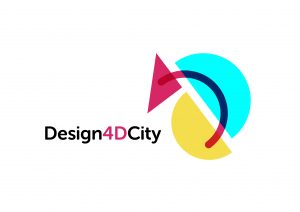
As stated above, the overall timeline of the initiative spans the period 2016-2019. For the Design4DCity 2016 phase, the main highly-intensive period took part end of September, with a series of workshops, encounters, presentations, and a public presentation both at the Biccerija area and at Fort St. Elmo during Notte Bianca (Saturday 1st October).
In bringing the four groups highlighted above together, the following approach was adopted:
- Multidisciplinary workshops addressing a holistic urban assessment of the issues based on contributions and suggestions raised by Valletta residents, connected to the overall concept of Co-Designing Common Spaces
- For the workshops a hybrid Design Thinking // Open Space approach was used.
- Design thinking is a specific way to solve complex (wicked) problems, as Horst Rittel (1972) calls them, and to generate innovative solutions, based on a user-centred approach with multi-disciplinary teams. There are a lot of tools, methods and frameworks available depending on the starting point and the possible outcome. They all have stage where you try to learn more about the problem/challenge ahead in a broad way; to define/frame the challenge/problem; to ideate; to prototype and to evaluate. It is a non-linear, iterative process, so feedback at each stage is important to get to the best result/solution for the identified problem/challenge. Since Design4Dcity starts from an open challenge and is based on co-creation the following steps will be used in the workshop: defining the design challenge, ideate, prototype, test,iterate and receive feedback at each stage of the process in order to reach the best possible outcome. Since this is a first stage of a long term process for these workshops the focus was on defining the design challenge by working in-depth through ‘empathy’
- Open Space Technology is an approach adopted for environments where a strong active and participative dynamic is desired, using simple rules and high level of control by the participants themselves. Some of the main characteristics of this methodology are: community-centred, informal dialogue; priority of issues to be identified by participants themselves / no top-down agendas; and a flexible, fluid and productive dynamic during the course of the sessions. Participants in open space events are invited to contribute within a thematically established context (in the case of Design4DCity, refer to the Objective section above) but are not channeled into specific settings within the meeting, and can contribute within the level of familiarity, confidence and willingness that they wish to engage with. Participants can contribute to, as well as move freely between, one breakout session and another, based on their level of interest and desire to engage. The outcomes of the unconference in June where the results of this approach
- For the workshops a hybrid Design Thinking // Open Space approach was used.
- The workshop sessions as well as the dynamics generated during the course of the exercise shall serve as a fertile ground for research in multidisciplinary application of design-related practices in the regeneration of urban areas, with a particular focus on the Biċċerija area inside Valletta.
- Community engagement permeates the processes adopted, both in the thematic approaches adopted in the workshops and in the applied research, as well as in the processes of generating feedback, and enhancing the experiences of the urban space that has been identified. The presentation at the end of Phase 1 during the Notte Bianca events can serve as a springboard for citizen engagement on a longer-term basis.
- Collaboration with 72Hrs Urban Action (Berlin) to build and enrich the workshop process. Mr Kerem Halbrecht, founder and co-director of 72Hrs Urban Action, was invited to Malta for an exploratory visit between the 2nd the 4th of August 2016. The four major regeneration projects were visited (Biċċerija, Old Market, Strait Street and MUŻA); furthermore Spazju Kreattiv as well as Fort St Elmo were also visited in view of the possible workshop spaces and subsequent public presentations that they could offer. The outcomes of the Biċċerija Neighbourhood Unconference were circulated prior to exploratory visit and discussed both during a skype call as well as during a dedicated session on the Cluster’s community dimension held in Mr Halbrecht’s visit. Finally, the visit also included a long strategy session aimed at formulating the major issues arising from the research / public interaction carried out so far as well as the outcomes. See also the facebookpage
How it was done
How
Mapping
Photography
Public Art
Workshops
Results
The workshop consisted of 3 mission one focussing on the future, the second focused more spefically on the outcomes of the unconference and the third involved interventions in the designated area.
The first day was an informative day introduction the participants to the Biccerija area, the purpose of the workshop and the principles of design thinking.
At the end of the first day the first mission launched in that the participants had to go out in the neigbourhood and try to find people in shops, houses, – asking them, “How do you imagine the life of your great grandchildren in 100 years?”.
Themes that came out of these interviews where that there is anxiety in the neigbourhood that due to the vast changes 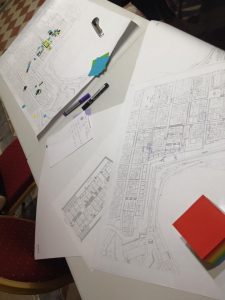 happening now to Valletta. Concerns where expressed to social interaction due to the devolvement of technology. And faremost the interviewees feared to lose the quality of live they have now. Thus they want to go back to basics, not loose what is good and make sure that that what is good is improved in the future. Their first concern is (as the dynamics showed above) the every day life and their family today. They want better education for their children and make sure that there will still be respect for each others space. There are concerns about the density and the influence on that for the build environment. On could feel the importance of the sea but at the same time it’s tense relationship with the land. Some mentioned concerns about polution and the problems with circularity in the neigbourhood (these concerns were also mentioned at the unconference, see unconference report for that).
happening now to Valletta. Concerns where expressed to social interaction due to the devolvement of technology. And faremost the interviewees feared to lose the quality of live they have now. Thus they want to go back to basics, not loose what is good and make sure that that what is good is improved in the future. Their first concern is (as the dynamics showed above) the every day life and their family today. They want better education for their children and make sure that there will still be respect for each others space. There are concerns about the density and the influence on that for the build environment. On could feel the importance of the sea but at the same time it’s tense relationship with the land. Some mentioned concerns about polution and the problems with circularity in the neigbourhood (these concerns were also mentioned at the unconference, see unconference report for that).
What this mission learned the participants is that they were looking to understand what is going on in the neigbourhood. At the stage of empathy, keeping things open and trying to understand how people relate to faremost daily issues.
It was noticed that there was a difference in answers depending on the place where you asked the question and to whom. Foreign visitors were more likely to answer in a hypotethical sense whereas residents answered more from a day to day point of view.
In a way it is normal that what bothers you now is what you would project to the future. Ther were in a sense 3 ways of looking: progress (technology), preserving (remembering, keeping) , reversive (going back to out grassroots).
Taking this further led into the second mission challenging the participants to to look at the outcomes of the unconference, read between the lines, choose a topic and make a visualisation of it. These where the three themes that came out of the mission:
- Affordable housing as a barrier. Imagining a reality where creatives are in the biccerija with a brief of transforming empty government owned buildings around the area into affordable housing. Alternative economy with transfer between creatives and locals with crossover between the two groups so that locals become creatives, creatives become locals with no divide between the two groups.
- Interaction. Removing barriers to communication between old and new communities, making the outside in the inside out. There is a danger that the project will create a very elitist, exclusive community. Creatives are the biggest bringers of gentrification. Interaction in the development process needs to happen so that all the parties that have an interest can be part of the process. Mark that “we are a very diverse group of people and it was challenging to find common ways of thinking together” The visuals proposed to remove the fountain. That can be provoking but it is also a strong visual message. The fountain changed the connection of the community with the sea.
– Contradictions. The video would a first sight give you the impression it is about waste collection, but it is it is a provocation. There are many contradictions in what the locals where addressing. On the one hand more accessibility, more parking but less cars, cleaner areas but no CCTV cameras, being part of but not as it is elsewhere in Valletta, unfair treatment of public spaces, etc. Moving the trash bag from the Biccerija area to a more visible and utter public space such as St Georges Square provoked the way to see at things from a different perspective.
These videos were shown in the evening at the feedback session, unfortunately Fort St. Elmo seemed to be a bridge to far for the residents to come and attend the session. This highlights the fact that if one seeks interaction it is better to do it on site. The unconference showed that then residents do come and participate. There was valuable feedback from the other guest, but the input of the residents was missed.
Thus the themes of lack of resident participation, lack of familiarity and empowerment were an ever-present subtext in all three issues chosen from within the resident’s unconference feedback. Therefore the participants decided to take that as our starting point for the Saturday session. As on of the participants put it, “For me, what is not spoken about is that anxiety about the creative people coming into that space”.
This resulted in a series of interventions on and around the Biccerija building, designed to spur the residents into action, spark imagination over what the building and surroundings could become as well as create opportunities for collaboration and a feeling of empowerment for the residents regarding their ability to shape the area’s future.
* Souvenirs of Malta as a humorous nod to the residents’ wishes that the area includes more tourist attractions.
* Planting flowers in potholes as a way of making the area pretty and also a commentary to the state of the road
* Bricked up doorways changed to blackboards inviting notes on what the building and area can become.
* A community noticeboard.
* Mirrors on the door blocking the road on the right of the building to give a feeling of continuity and openness as well as reflect the sea.
* A golden rubbish bin to humorously remember the residents’ feedback on the rubbish situation and general lack of cleanliness of the area.
* A boat and sea sounds inside the Biccerija building, a reminder about the connection with the sea despite lack of visual access.
* A live reading of residents’ feedback from a member of the group wearing robes and hat to give a sense of importance and observation to what the residents asked for.
A video with the results can be found here
How it went
Main lessons learned
Keep the interdisciplinary approach. Build on what is learned from these first workshops and experiment with the format. As such also make sure that planners/decision makers are part of the process in one way or another.
See how the objectives of Design4Dcity can also be more implemented in new/ongoing research and projects at University and MCAST. The first steps where taken in various meetings with the different departments and at the session on the 11th of July. A follow up meeting might also give insight to other possible ways forward.
There is a weblog, a facebook page and a facebook group in place to keep the process going online.
As marked in the outline of this report Design4Dcity is not restricted to the Biccerija area. So the next workshop/intervention could be on an urbanistic concern that is challenging liveability in Malta at present.
Activity Timeline
2016
-
Design4DCity edition 2016
Design4Dcity is a project that fosters to co-design the experience of common and shared spaces in Valletta, by building meaningful bridges with the community of residents and regular users of such spaces, especially for 2016 in the Biċċerija neighbourhood, and secondly, by partnering with organisations and individuals that can provide a challenging and practical creative input towards this process.
As such this mission co-insides with Valletta 2018’s mission for a liveable city which is to channel urban an social development in Valletta towards the best possible scenario for Valletta as a liveable city, by using the opportunities of Valletta 2018 European Capital of Culture to enhance the wellbeing of Maltese Society in general and quality of life of Valletta residents (doc. July 2016).
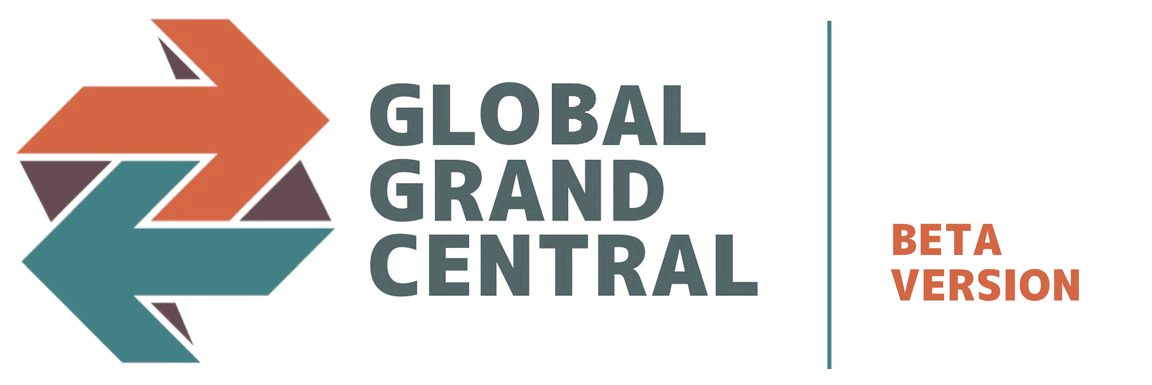
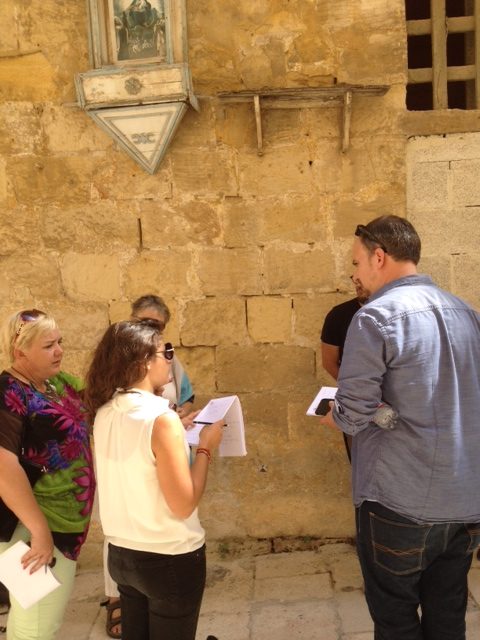
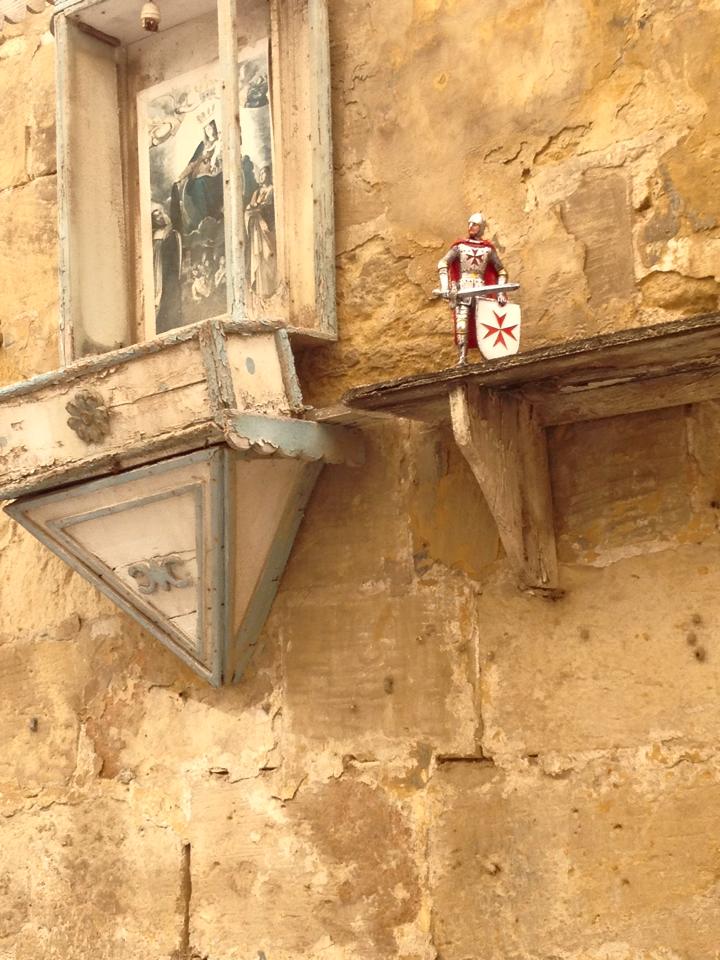
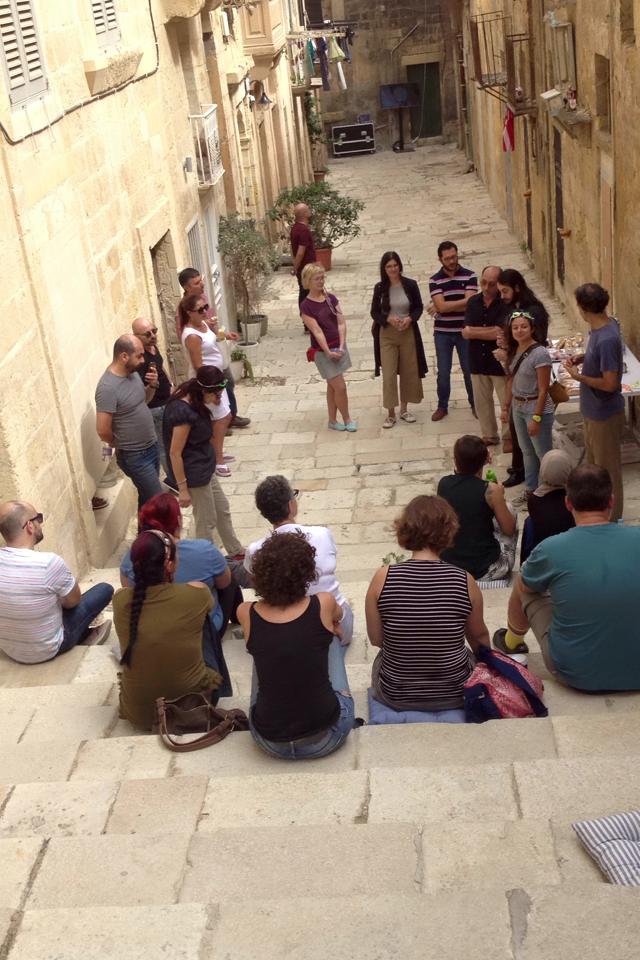
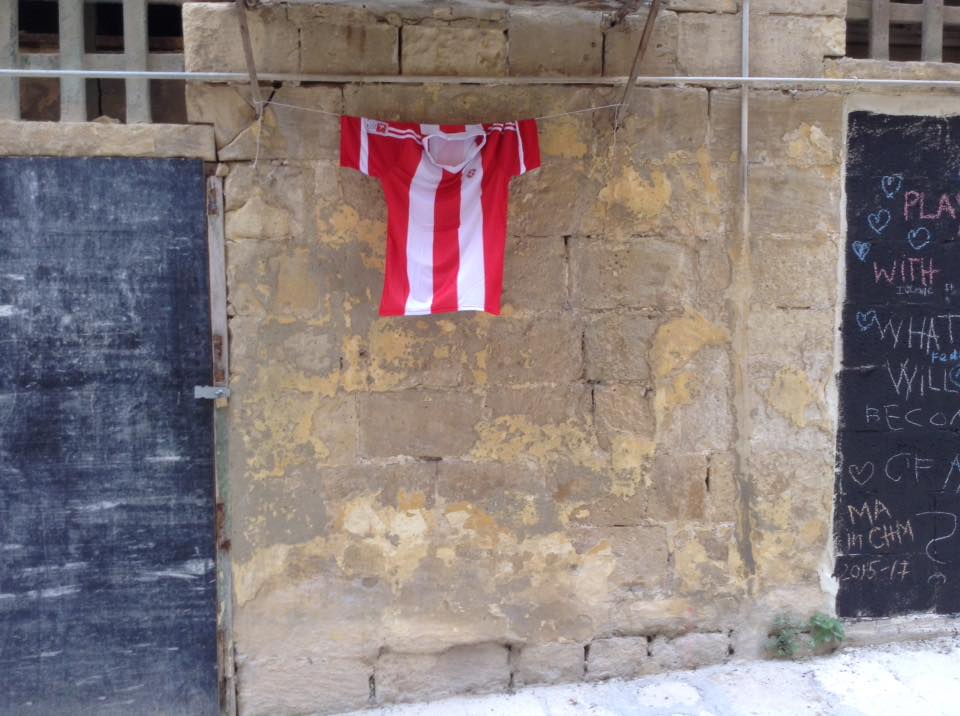
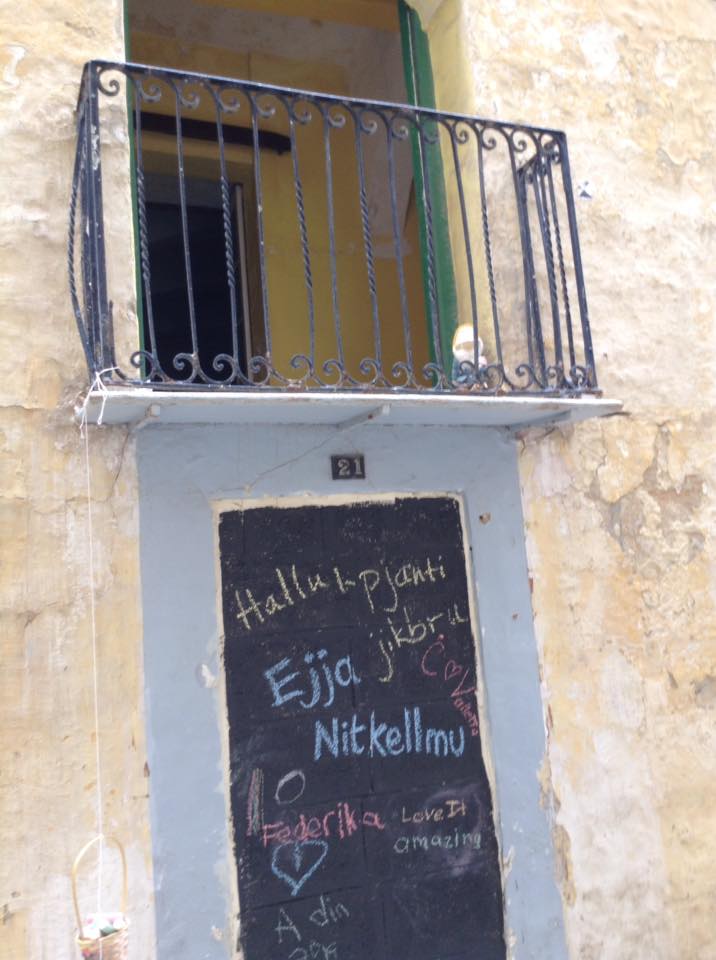
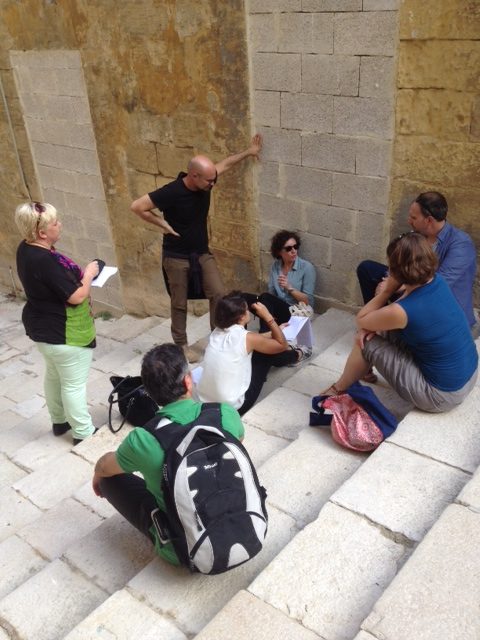
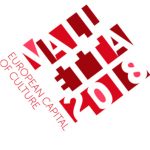 An activity by
An activity by